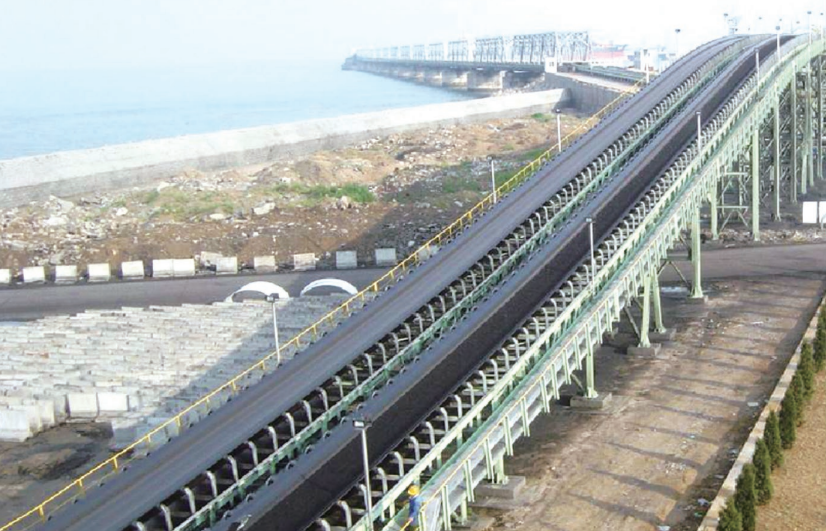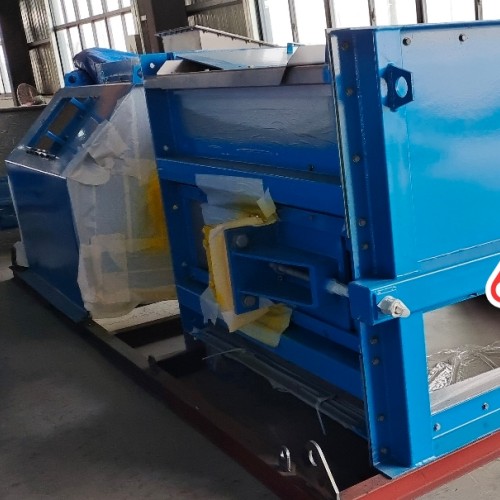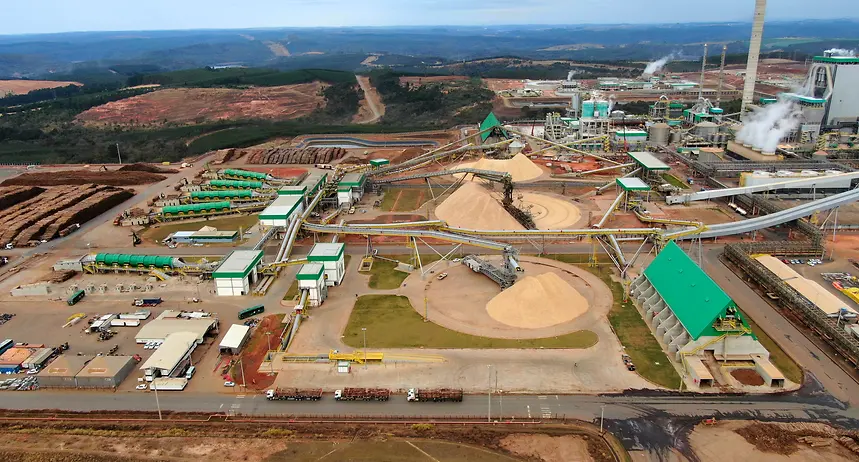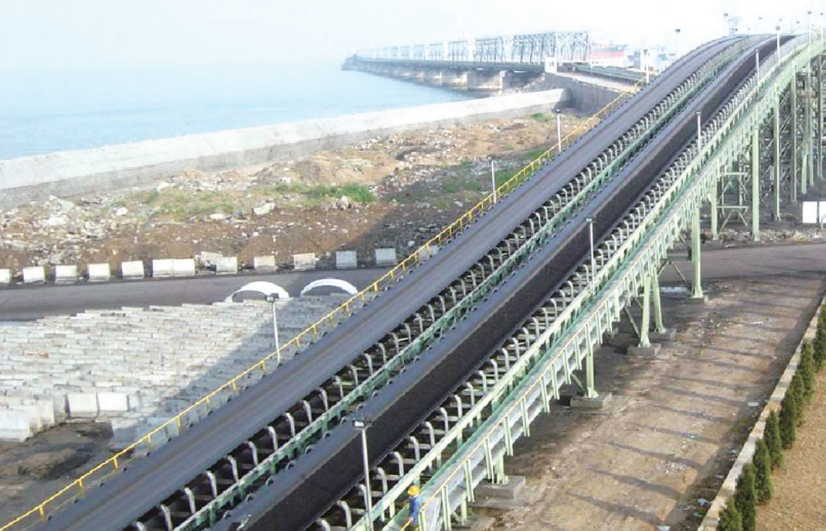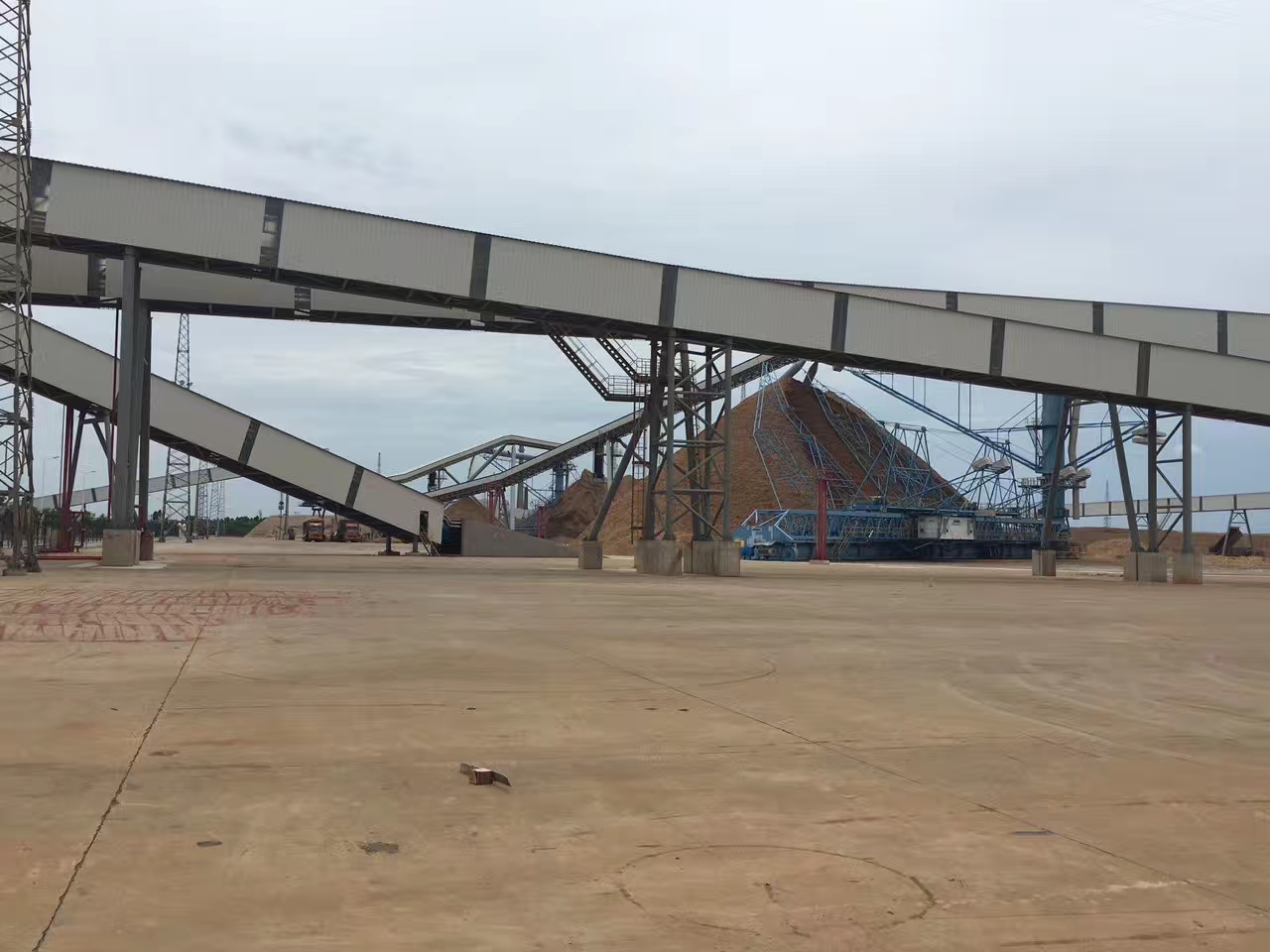
Belt Conveyors
A belt conveyor is a system that moves materials, goods, and even people from one place to another. Belt conveyors are different from other ways of moving things because they use a belt instead of chains, spirals, hydraulics, etc. to move things. It uses a loop of flexible material stretched between rollers that are moved by an electric motor.
Since the nature of the things being moved varies, so does the belt material according to the system it is used in. It frequently appears as a rubber or polymer belt.
Components of a Belt Conveyor
A typical belt conveyor system has a frame, idler rollers, head and tail pulleys, belt, and belt.
The head pulley is joined to the actuator and the electric motor. It moves the conveyor by acting as the pulling force. The head pulley is at the point where the conveyor dumps its load. This is called the discharge end of a belt conveyor. Since it drives the whole system, it is often necessary to increase the belt’s grip by putting a rough jacket over its outside. The jacket is known as a legging.
The diameter of the head pulley is usually the biggest of all the pulleys. In some systems, more than one pulley can act as a drive pulley. The head pulley is the drive roller with the biggest diameter that is at the end where the belt comes off.
Return or Tail Pulley
This is at the end of the belt conveyor where the goods are being loaded. It sometimes has a wing shape that lets material fall away from the belt and onto the support members, which cleans the belt.
In a simple belt conveyor, the tail pulley will be mounted on guides that usually have slots to let the tension of the belt pass through. In other belt-conveying systems, we’ll see, the tension of the belt is left to another roller called the “take-up roller.”
Idler Roller
These are rollers used to support the belt and load, prevent sagging, align the belt, and clear up carryback along the length of the belt (material left sticking on to the belt).
Idler rollers can perform any one of the aforementioned tasks or all of them, but they will always support the belt in whatever environment.
The following is a list of the various idler roller types available for various purposes:
Troughing Idlers
Three idler rollers will be arranged in a way on troughing idlers that causes the belt to form a “trough.” They are situated on the side of the belt conveyor that is carrying the cargo. While the two on the ends can be modified, the idler in the centre is immovable. This allows for flexibility in the trough’s depth and angle. When these idlers are used, spillages will be decreased and the cross-sectional area of the belt conveyor will remain constant. Stability depends on maintaining a consistent cross-sectional area.
Rubber discs are positioned along the roller axis of this idler at predetermined intervals. In order to reinforce the belt edge, which is prone to tearing, the rollers are significantly closer together at the extreme ends. The evenly spaced discs will separate any associated carryback or leftover material and lessen material accumulation on the belt’s underside. This is a frequent reason for tracking errors (when the belt shifts to one side of the system and causes misalignment).
Screw Idler Roller
Sometimes the discs are shaped like a screw, and the idler is called a rubber screw idler roller. It will still do the same thing. A screw idler roller is shown in the picture below. Rubber helix can also be used to make the screw idler. Most of the time, screw idlers are used where a scrapper that gets rid of carryback wouldn’t work, like on mobile belt conveyors.
Trainer Idler
Trainer idlers make sure the belt goes in the right direction. It keeps you from getting lost. It does this with the help of a central pivot that turns the roller back to the middle if the belt moves to the side. It also has two guide rollers that help keep the belt in place.
Conveyor Belt
The belt is probably the most complicated part of setting up a belt conveyor. The tension and strength are important because the belt takes a lot of abuse when it is being loaded and moved.
The need for longer lengths of transport has pushed researchers to find new materials, but this always comes at a cost. Stronger belts that follow strict rules about being green tend to be more expensive to set up, and sometimes the costs are so high that they are hard to justify. On the other hand, if you try to save money, the belt usually breaks, which means your operating costs will be high. Most of the time, the cost of the belt should be less than half of the total cost of the belt conveyor.
Some of the parts of a belt are:
Conveyor Carcass
Since this is the belt’s skeleton, it needs to have the tensile strength to move the belt and the lateral stiffness to support the load. It must also be able to absorb the force of a load. The belt is a loop, so it needs to be joined. This is called splicing. Some methods of splicing involve bolts and fasteners, so the carcass must be able to provide a solid base for these fasteners.
The frame is usually made of steel cord or textile ply. Textile ply is made of fibers like aramid, polyamide, and polyester. Even when there is only one ply, a PVC-coated textile carcass is often used. There can be even six layers of meat on a carcass. The carcass can also include the edge protection that is very important in bulk conveyor belts.
Conveyor Covers (Top and Bottom & Sides)
This is a flexible material made from rubber or PVC. The covers are exposed directly to the weather and the working environment. Depending on how the covers will be used, they need to be carefully chosen. Most of the time, you need to pay attention to flame resistance, low-temperature resistance, grease and oil resistance, anti-static, and food grade.
The side of the conveyor that carries the load, the angle at which the conveyor is tilted, and how the belt is used in general all have special features. It can be rigid, smooth, or cleated.
Steel belt conveyors are also used in places like scrap conveyors in CNC machines because they don’t wear out as quickly as other materials.
Belts made of PVC, PU, and PE are also used in the food processing industry to keep food safe and limit contamination.
Plastic belts have only been around for a short time, but they are slowly becoming more popular because they are useful in so many ways. They are easy to clean, can be used in a wide range of temperatures, and work well with viscosity. They can also handle saltwater and substances that are alkaline or acidic.
Conveyor Frame
The frame will be different depending on how much it needs to carry, how high it needs to be, and how far it needs to go. They can be made in a simple way that looks like a cantilever. They can also be made of trusses if they need to hold more weight. Aluminum extrusions are also used for simple and light-weight tasks.
The design of the frame is an important part of the design of a conveyor. If the frame isn’t made well, it can:
- Belt running out of track
- Structural failure which results in:
- Long downtimes which translate to delays in production
- Injuries and casualties
- Costly Spillages
- Expensive fabrication methods and installation.

